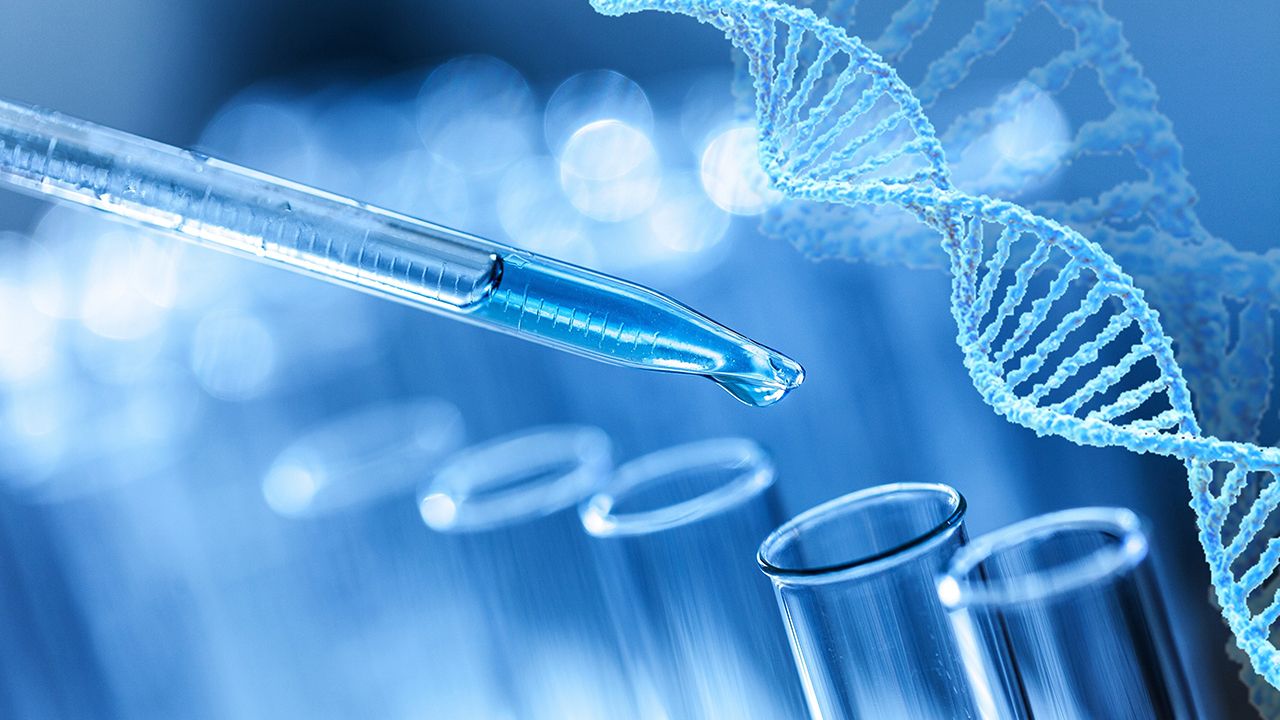News
Article
Lineage, WDI Research Partnership Targets Cell-Therapy-Based Solution for Hearing Loss
Author(s):
Key Takeaways
- Lineage and William Demant Invest collaborate to develop auditory neuronal cell transplantation for hearing loss, focusing on auditory neuropathy.
- The ReSonance (ANP1) program aims to replace damaged auditory neurons, potentially enhancing cochlear implant performance.
Dilok - stock.adobe.com

Carlsbad, Calif.-based Lineage Cell Therapeutics (Lineage), a clinical-stage biotechnology company developing novel allogeneic cell therapies for serious neurological and ophthalmic conditions, announced on Aug. 26, 2025 that it has entered into a research collaboration with and through a $12 million investment provided by William Demant Invest (WDI), an evergreen investor—and holding company for William Demant Foundation’s investment activities—which is a majority shareholder of Demant, a major healthcare company (1).
This new research collaboration aims to advance the development of auditory neuronal cell transplantation for patients with hearing loss, with a focus on overcoming auditory neuropathy, one of the most difficult challenges in audiology. The project brings together cell therapy expertise and hearing science research, combining the work of biotechnology developers with that of Eriksholm Research Center, part of Oticon—in the Demant Group.
The joint program centers on ReSonance (ANP1), an auditory neuronal progenitor cell transplant designed to address profound hearing loss linked to auditory nerve cell damage or loss. Under the collaboration, researchers will conduct a multi-year program of preclinical studies, including manufacturing, functional model testing, outcome measure development, and preparation for regulatory submissions.
“Hearing loss represents an area of large unmet need, particularly in cases where auditory nerve cells have been damaged or destroyed,” said Brian Culley, CEO, Lineage, in a company press release (1). “ReSonance is our first internally developed cell transplant program and highlights the efficiency and breadth of our technology platform. Over a short period of time and with a modest initial, incremental investment, we advanced the ANP1 product concept through successful manufacture of the desired cell type, generated new intellectual property, and advanced into initial preclinical testing.”
Hearing loss and the potential of cell-based therapies
“With this research contribution from WDI, which has a strong interest in hearing healthcare, we are taking the next step in the development of this exciting product candidate,” Culley said in the release. “This partnership will allow us to integrate the hearing loss research expertise of Eriksholm Research Center with the manufacturing and cell transplant expertise of the Lineage team to explore the potential of a differentiated cell transplant and position this therapy for initial clinical development.”
According to the World Health Organization, nearly 2.5 billion people worldwide are expected to experience some degree of hearing loss by 2025 (2). The burden spans mild impairment to severe or profound loss, where auditory neuropathy often plays a role. In this condition, the communication pathway between the inner ear and the brain is disrupted due to damage or loss of auditory nerve cells (3).
Standard treatments for profound hearing loss, such as cochlear implants, have had significant success in restoring access to sound. Yet outcomes vary in patients with auditory neuropathy because cochlear implants rely on intact auditory neurons to relay signals. Damage to these cells can significantly limit the device’s effectiveness.
Cell-based therapy offers an alternative path: replacing damaged or missing auditory neurons with functional transplanted cells. Experimental studies with human stem or progenitor cells have demonstrated survival, integration, and in some cases, neurite outgrowth toward the cochlea and brainstem. If proven effective, this approach could restore critical signaling pathways and potentially enhance the performance of cochlear implants in patients with otherwise limited benefit.
What the collaboration means for cell therapy development
The ReSonance program illustrates several trends shaping cell therapy development. First is the growing demand for good manufacturing practice-compliant, scalable, reproducible manufacturing processes to yield specialized neuronal cell types for therapeutic application (4). Second is the increasing reliance on translational models—ranging from in-vitro coculture systems to auditory neuropathy animal models—to establish mechanistic efficacy and safety prior to investigational new drug-enabling steps (5). Third is the integration of multidisciplinary expertise—in this case, combining audiology and hearing science with advanced regenerative medicine platforms.
By aligning investment, manufacturing innovation, and disease-specific knowledge, this collaboration underscores how cell therapies are expanding beyond traditional neurological and ophthalmic (6) applications into hearing health. If successful, it may represent one of the first cell transplant approaches to directly target auditory neuropathy, a condition that currently has few therapeutic options.
References
1. Lineage Cell Therapeutics. Lineage Announces Research Collaboration with William Demant Invest to Develop ReSonance (ANP1) for Hearing Loss. Press Release. Aug. 26, 2025.
2. WHO. World Report on Hearing. March 3, 2021. https://www.who.int/publications/i/item/9789240020481
3. Rance G.; Starr A. Pathophysiological Mechanisms and Functional Hearing Consequences of Auditory Neuropathy. Brain 2015, 138 (11), 3141–3158. DOI:10.1093/brain/awv270
4. Kondo, T.; Matsuoka, A. J.; Shimomura, A.; et al. Wnt Signaling Promotes Neuronal Differentiation from Mesenchymal Stem Cells Through Activation of Tlx3. Stem Cells 2011, 29 (5), 836–46. DOI: 10.1002/stem.624.
5. Lipsitz, Y. Y.; Timmins, N. E.; Zandstra, P. W. Quality Cell Therapy Manufacturing by Design. Nat. Biotechnol. 2016, 34 (4), 393–400. DOI: 10.1038/nbt.3525
6. Schwartz, S. D.; Hubschman, J. P.; Heilwell, G.: et al. Embryonic Stem Cell Trials for Macular Degeneration: A Preliminary Report. Lancet 2012, 379 (9817), 713–720. DOI:10.1016/S0140-6736(12)60028-2
Newsletter
Stay at the forefront of biopharmaceutical innovation—subscribe to BioPharm International for expert insights on drug development, manufacturing, compliance, and more.





